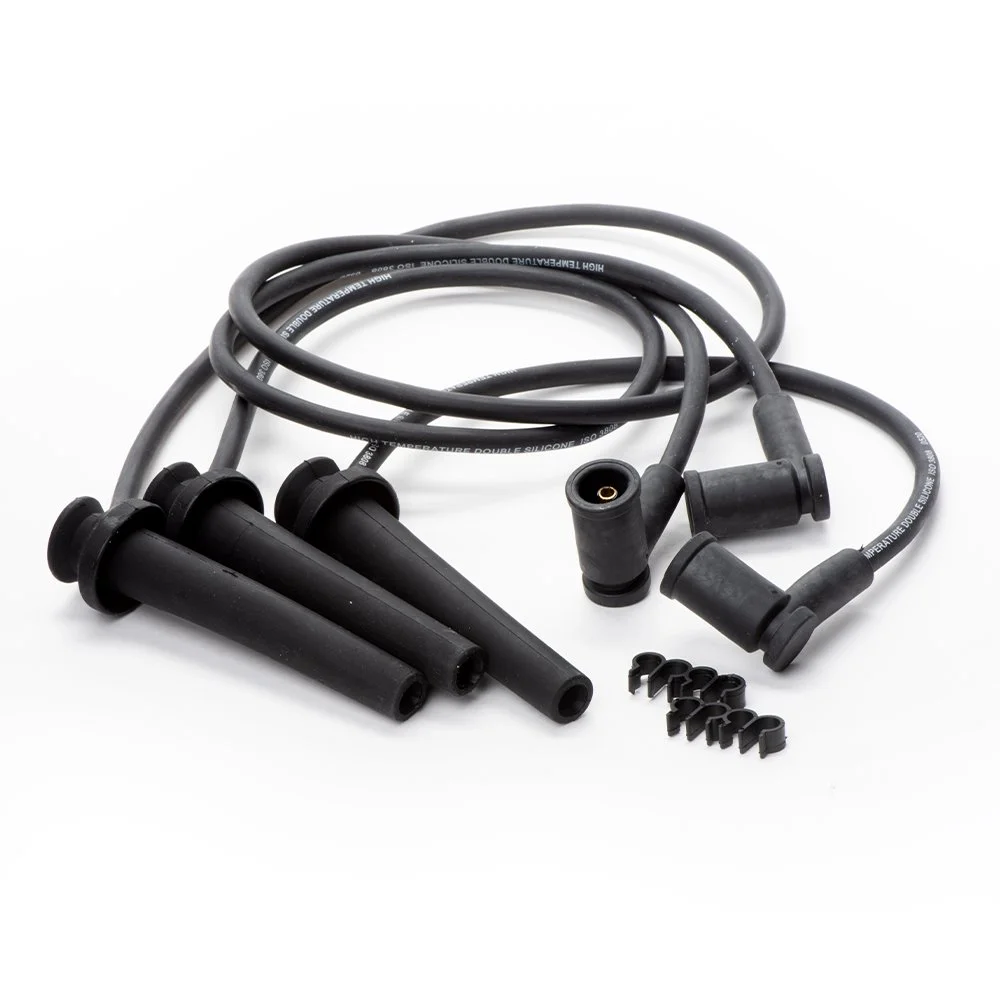SMP Europe highlights importance of replacing ignition leads in winter
Engine management specialists SMP Europe is urging technicians to ensure they are replacing ignition leads this MOT season, as the cold, wet months can accelerate the deterioration of ignition leads.
Expanding role of ignition leads
Ignition leads, sometimes known as high-tension (HT) leads or spark plug wires, carry an electrical current from the ignition coil into the spark plugs, ultimately lighting the fuel and air within the combustion chamber of the engine.
Comprised of conductive material surrounded by a silicone jacket for protection, ignition leads sit in close proximity to the engine and must therefore be able to withstand dramatic temperature changes, caustic chemicals and high physical forces.
Why ignition leads fail
Ignition leads are made from durable, low resistance materials, and tested to withstand the harsh environment that they operate in. Conductive materials in the leads will deteriorate, which in turn reduces the power able to reach the engine, compromising the ignition process.
This is generally caused by wear and tear over time. Leads can also be affected more in the winter months, as cold, damp conditions increase the stress on the components, along water and salt. Oil, coolant, and fuel vapour can also cause oxidisation and corrosion in the connector contacts.
The main symptoms of a faulty lead include: an engine light appearing, reduced fuel efficiency, decrease in power, visible wear and tear to the cable, and misfiring.
SMP Europe core technology
Lead cores can vary depending on vehicle manufacturer and the age of the vehicle. The three technologies used are copper cores, used mainly by German manufacturers, wire wound (reactive), commonly found in French vehicles, Volvo and Saab, and finally resistive cores, favoured by British, Japanese and American manufacturers.
Copper core consists of copper wire with negligible resistance and double silicone outer combined and boots, having an inbuilt resistance to generate the required suppression.
The complex nature of copper core componentry makes this technology more expensive than the other technology types available. This type of cable is predominantly used by German manufacturers.
Wire wound core cable is made up of a carbon-coated fibreglass core enclosed in stainless steel windings and double silicone outer jacket. Engineered to meet or exceed SAE specifications for radio frequency interference, suppression comes from a magnetic field created when current crosses the steel winding.
This type of cable is mainly used by French and Japanese vehicle manufacturers, as well as Saab and Volvo.
Resistive core cable contains a graphite coated fibreglass core, which is surrounded by a conductive latex coating and double silicone outer. This is the simplest and most robust of the cables used and works by providing resistance along the length of the cable.
This type of technology is typically used by American, British and Asian vehicle manufacturers.
For more information and to see the latest products from SMP Europe, visit https://www.smpeurope.com

